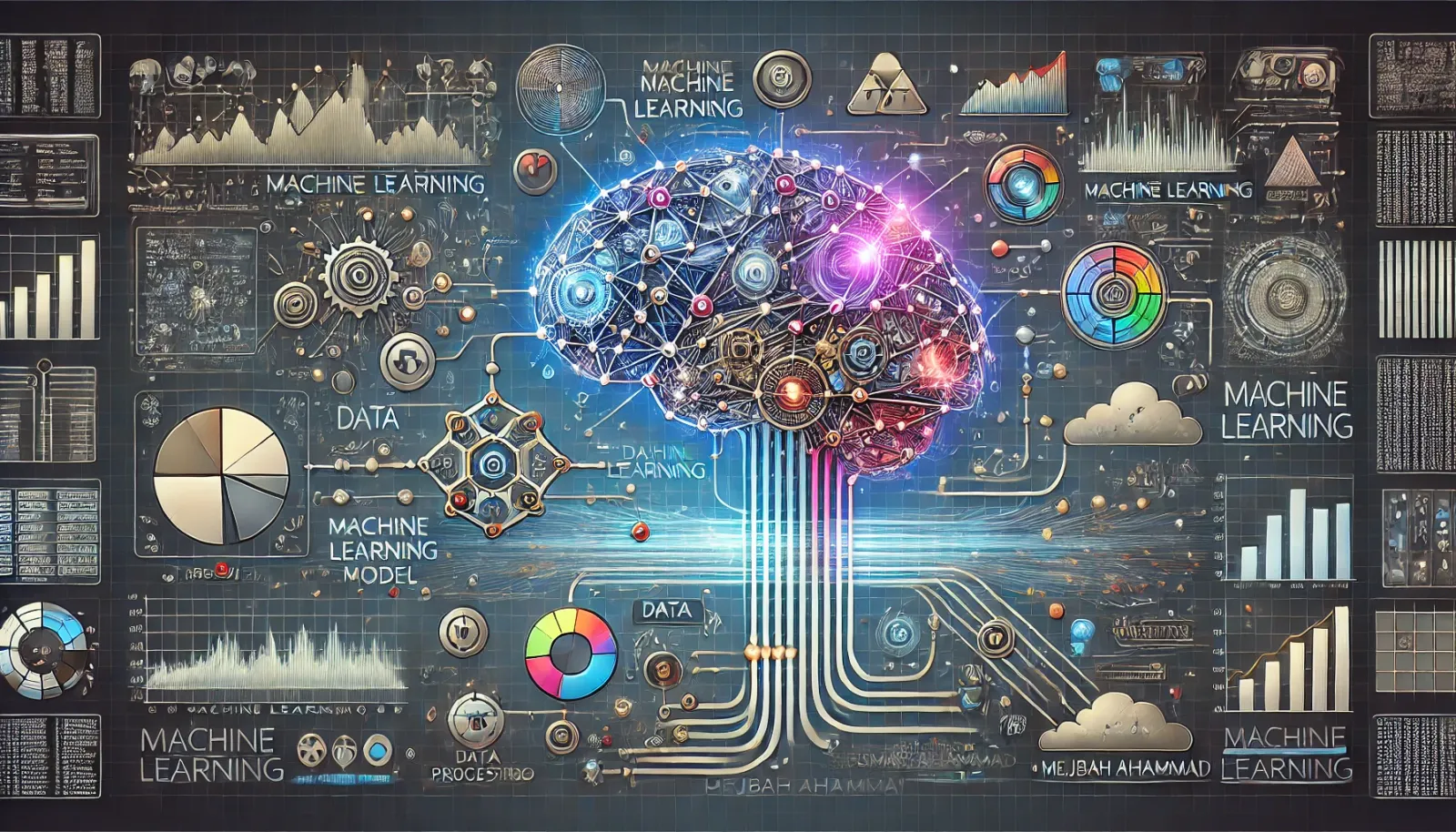1.1 Overview of Machine Learning

Introduction
Machine Learning (ML) is a subset of artificial intelligence (AI) that enables systems to learn from data, identify patterns, and make decisions with minimal human intervention. Unlike traditional programming, where explicit instructions are provided to perform specific tasks, machine learning algorithms are designed to learn and adapt from experience.
Definition
Machine Learning can be defined as the process by which computers use statistical techniques to improve their performance on a task over time without being explicitly programmed for every possible scenario. It is concerned with the development of algorithms that can recognize patterns in data and make predictions or decisions based on that data.
Key Components
The key components of machine learning include:
- Data: The foundational element that machine learning models learn from. Data can come in various forms, such as text, images, audio, or sensor readings.
- Features: Specific measurable properties or characteristics of the data that are used for learning. The selection of relevant features is crucial for model accuracy.
- Model: The mathematical representation of the relationship between input data and output predictions. Models are built using algorithms that learn from the data.
- Algorithms: A set of rules or procedures that a machine learning model follows to find patterns in data and make predictions. Examples include linear regression, decision trees, and neural networks.
- Training: The process of feeding data into a machine learning algorithm to enable it to learn. During training, the model adjusts its parameters to minimize errors in its predictions.
- Evaluation: The process of assessing the model's performance on unseen data to ensure it generalizes well and makes accurate predictions.
- Prediction/Inference: Using the trained model to make decisions or predictions on new, unseen data.
Importance
Machine Learning has become an essential tool in various industries, enabling businesses and organizations to automate processes, gain insights from large datasets, and make data-driven decisions. It has applications in fields such as healthcare, finance, marketing, autonomous vehicles, and more.
Conclusion
Understanding the basics of machine learning is crucial for leveraging its capabilities effectively. By using data-driven approaches, machine learning models can improve over time, making them powerful tools for solving complex problems in an automated and efficient manner.